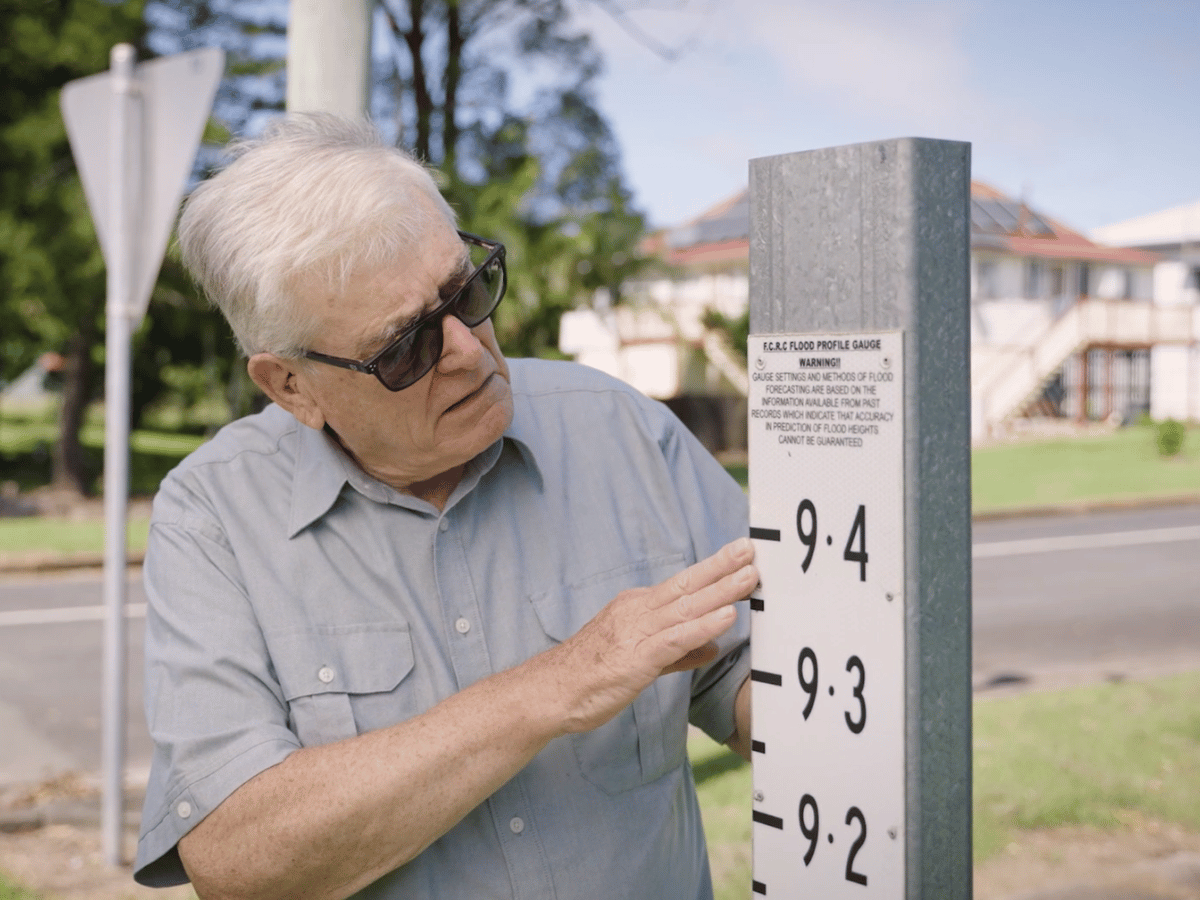Extreme weather is part of living in Queensland. With increasingly unpredictable and intense weather, it’s never been more important to be prepared. Every two years, the Queensland State of Preparedness research (4.53 MB) speaks to more than 1500 Queenslanders to find out how their lives are being impacted by extreme weather, what they are doing to get ready, and what might be stopping them from getting started. The most recent research was undertaken in 2024.
How has weather impacted our lives?

In the past two years, 76% of us experienced disruptions because of severe weather.
65% experienced road damage, closures or delays
41% experienced disruptions to local services (such as schools, hospitals, supermarkets)
23% Had damage to home or property but could still live there
10% Accessed disaster relief grants or funding
How prepared are we?
80% of Queenslanders believe they have a good understanding of local risk and impacts.
59% have an emergency plan, BUT only 19% have written their plan down
54% have registered to receive emergency alerts
44% have an emergency kit
41% have viewed disaster maps for their home

How do we protect our homes?

Most Queenslanders
- know where and how to turn off utilities
- have well maintained roof, gutters and drainpipes
More than half
- have stored important belongings to reduce risk of damage
- regularly trim trees that overhang the roof/close to the house
- have identified the strongest room in the house to shelter in
More than a third
- have an emergency services contact list
- know where and how to turn off solar panels
Less than a third
- own a generator
- have built/updated their home to improve resilience

Are we covered?

83% of Queenslanders told us they have building and/or contents insurance
64% have building and contents insurance
6% building insurance only
14% contents insurance only
17% uninsured
How resilient are our communities?
Most Queenslanders feel they could rely on their neighbours or friends to help if affected
Around half have talked with others about disaster risks in their area
A third would need to rely heavily on the SES/other emergency services
A quarter regularly take part in local community events or groups

What’s getting in the way?

Overconfidence
“In reality, the risk of major damage from a disaster is pretty low in my area.”
“If a disaster was about to impact my area I would have time to prepare then.”
Pressures of life
“To be honest, preparing or planning for potential disasters is not a top priority for me”
“It would cost money to prepare a plan/kit and I can’t afford it”
